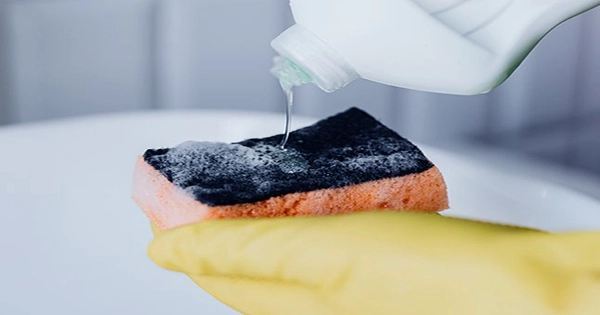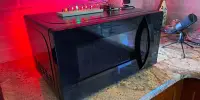Most of us would rather not think about the bacteria that can be found on kitchen sponges. Scientists’ duty is to think about things that others don’t, and one group looked into the usefulness of sponges as a microbial medium, discovering that items intended for cleaning are really a better habitat for microbial development than equipment built particularly for the purpose. If you can get over the disgustingness, this could be quite beneficial.
Kitchen products such as sponges and chopping boards have long been known to create bacterial breeding grounds, especially when damp. As a side project to their core research, a team from Duke University discovered why. They report their findings in the journal Nature Chemical Biology, revealing that a complete knowledge of sponge suitability is dependent on understanding how different bacteria interact. Typically, laboratory efforts to grow bacteria focus on a single strain, with the hope that a plentiful supply of food and the right amount of warmth and light will suffice. This is true for some animals. Others, on the other hand, are microworld extroverts who thrive when surrounded by a varied assortment of other lifeforms.
“Bacteria are similar to individuals who are coping with a pandemic – some struggle while others thrive,” Professor Lingchong said in a statement. “We’ve shown that there is an intermediate level of integration in a complex ecosystem with both positive and negative interactions between species that maximizes overall coexistence. “Both species of bacteria thrive in soil, which isn’t unexpected considering that they’ve had hundreds of millions of years to not just adapt to it, but also modify it to suit their needs.
Plant roots and the human gut, which both rely on healthy microbial populations, are similar to soil in that they provide niches of various sizes for bacteria to proliferate. Sponges, the researchers discovered, have a striking resemblance to that structure. Researchers made a liquid medium with a variety of E. coli strains and spread them out on plates with different-sized growth areas, or “wells.” These ranged in size from six huge wells for bacteria to 1,536 places where a single strain might expect to be alone. They discovered that a Goldilocks zone of intermediate sizes allowed for the most growth.
Professor you explained, “The little portioning significantly injured the species that rely on relationships with other species to thrive, whereas the huge portioning eliminated the individuals who suffer from these interactions (the loners).” “However, the intermediate portioning allowed the microbial community to have the greatest diversity of surviving.” The team conducted the same experiment on strips of sponge in addition to the carefully planned growth media and discovered that the three-dimensional structure, which was designed for maximum water absorption, fostered growth even more than ideally-sized wells.
Professor you explained, “A sponge turns out to be a really simple approach to execute multilevel portioning to boost the total microbial community.” The compartments are distinct enough to allow germs that require solitude to thrive while still allowing successful strains to proliferate, at least while damp. Researchers who are attempting to cultivate virulent bacteria in the future may find this information valuable in changing the physical and chemical environments to improve growth. Now if we can simply work out how to clean our plates and silverware with a petri dish maybe we won’t need to worry about eating off unclean objects.














